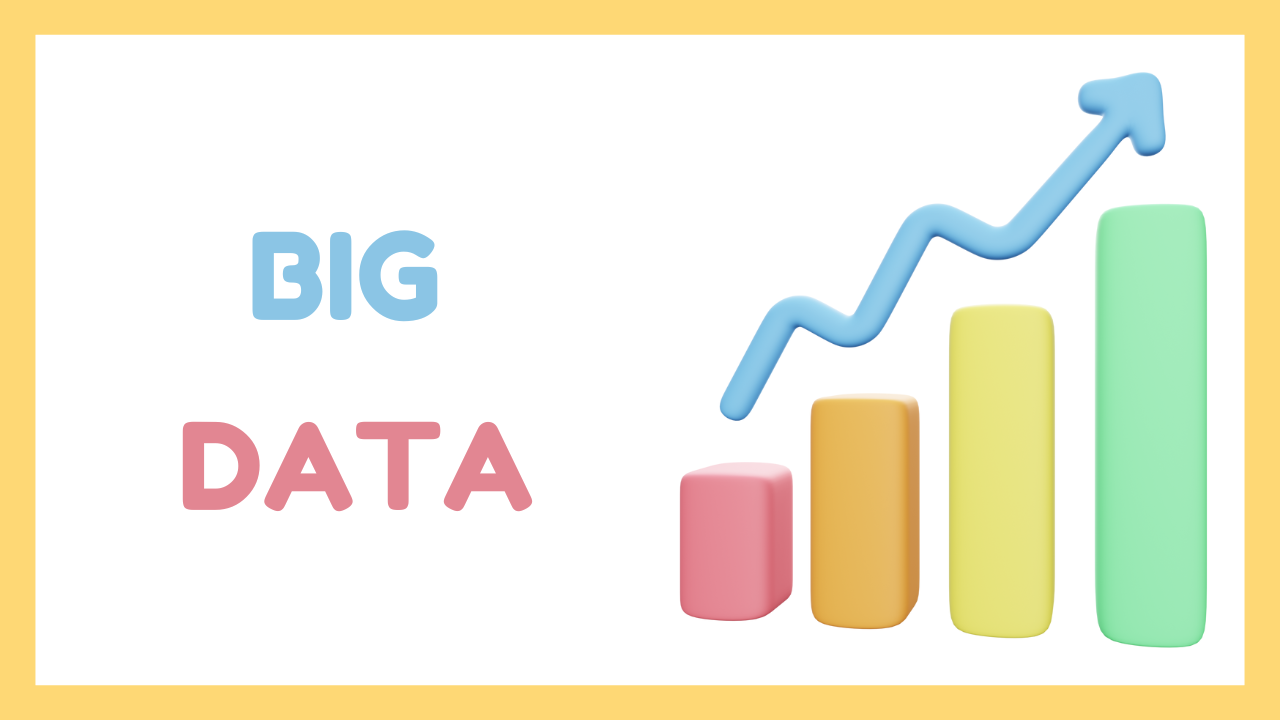In today’s fast-paced digital world, businesses are inundated with an overwhelming amount of data. This data, often referred to as big data, encompasses vast quantities of structured and unstructured information generated from various sources, including social media, customer interactions, online transactions, and more. The effective utilization of big data has become a game-changer for companies, particularly in the realm of marketing, where predictive analytics plays a crucial role. This blog explores how big data enhances predictive analytics in marketing, enabling organizations to make informed decisions and foster deeper customer relationships.
Understanding Predictive Analytics
Predictive analytics is a branch of advanced analytics that uses historical data, statistical algorithms, and machine learning techniques to identify the likelihood of future outcomes based on past events. In marketing, this approach allows businesses to forecast customer behavior, tailor campaigns, optimize resources, and ultimately improve return on investment (ROI).
By leveraging big data, marketers can enhance predictive analytics through improved data collection, processing, and analysis. Here are several ways big data is revolutionizing predictive analytics in marketing.
1. Comprehensive Customer Insights
Big data allows marketers to gather and analyze data from various touchpoints, providing a holistic view of customer behavior and preferences. This comprehensive understanding enables businesses to segment their audience more effectively, leading to tailored marketing strategies that resonate with specific customer groups.
For instance, by analyzing social media interactions, purchase history, and online browsing patterns, companies can identify trends and preferences that inform their marketing campaigns. This level of insight allows businesses to predict what products or services customers are likely to engage with, enhancing the effectiveness of promotional efforts.
2. Improved Personalization
Personalization is key to successful marketing. Customers today expect brands to understand their unique needs and preferences. Big data enhances predictive analytics by enabling companies to deliver personalized experiences based on real-time data.
For example, e-commerce platforms can use big data to analyze a customer’s browsing history, past purchases, and demographic information to recommend products tailored to their interests. This not only enhances customer satisfaction but also increases the likelihood of conversion, as customers are more inclined to engage with personalized content.
3. Enhanced Campaign Performance
Predictive analytics powered by big data allows marketers to optimize their campaigns effectively. By analyzing historical campaign performance data, marketers can identify which strategies yield the best results and which ones fall flat.
With this information, businesses can forecast the success of future campaigns and adjust their tactics accordingly. For instance, if a particular ad format or channel consistently drives high engagement, marketers can allocate more resources to those areas, maximizing their marketing efforts.
4. Real-Time Decision Making
In the digital age, the ability to make real-time decisions is crucial for staying competitive. Big data analytics provides marketers with real-time insights into customer behavior, market trends, and campaign performance.
This capability allows marketers to quickly pivot their strategies based on immediate feedback. For instance, if a social media campaign is gaining traction, marketers can quickly increase their ad spend or adjust messaging to capitalize on the momentum. Conversely, if a campaign is underperforming, they can swiftly modify or halt it, saving resources and minimizing losses.
5. Predicting Customer Churn
Customer retention is vital for any business, and predictive analytics can help identify customers at risk of churning. By analyzing customer behavior patterns, purchase frequency, and engagement levels, businesses can pinpoint warning signs that indicate a customer may be considering leaving.
Armed with this information, marketers can implement proactive measures to retain these customers. For example, they might offer targeted promotions, personalized communication, or improved customer service to address any issues that could lead to churn. By predicting customer behavior, companies can enhance loyalty and reduce turnover rates.
6. Optimizing Pricing Strategies
Pricing is a critical component of marketing strategy, and big data enhances predictive analytics to optimize pricing decisions. By analyzing competitor pricing, market demand, and customer willingness to pay, businesses can make data-driven pricing decisions that maximize profitability.
Predictive analytics can help identify the optimal price point for a product or service, enabling marketers to adjust prices dynamically based on market conditions. This agility in pricing strategies ensures that businesses remain competitive while maximizing revenue.
Conclusion
In an era where data is abundant, leveraging big data for predictive analytics is no longer optional; it’s a necessity for marketers aiming to thrive in a competitive landscape. By utilizing big data, businesses can gain comprehensive customer insights, deliver personalized experiences, optimize campaign performance, make real-time decisions, predict customer churn, and refine pricing strategies.
As technology continues to advance and data collection methods evolve, the potential for big data to enhance predictive analytics in marketing will only grow. Companies that harness these capabilities will not only stay ahead of the curve but also build stronger relationships with their customers, ultimately driving sustainable growth and success.
By embracing the power of big data in predictive analytics, marketers can create more impactful campaigns, foster loyalty, and deliver exceptional customer experiences, positioning themselves as leaders in the ever-changing marketplace.
